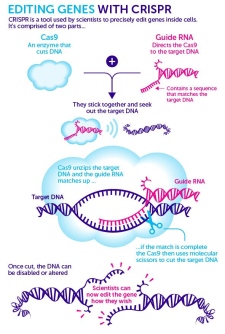7667766266
enquiry@shankarias.in
What is the issue?
What was He Jiankui's claim?
Why is He's exercise so significant?

What is the need for caution?
Source: The Hindu